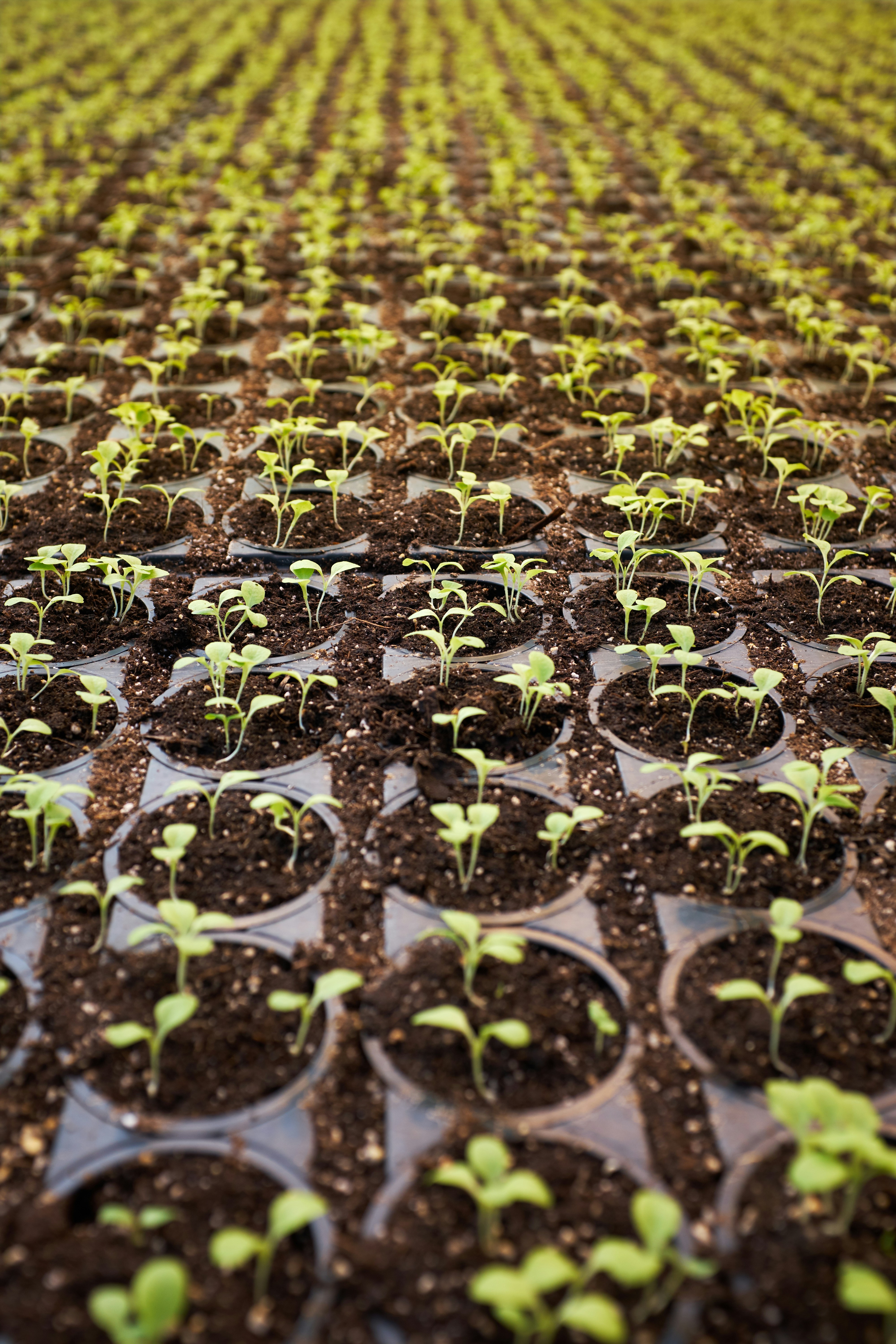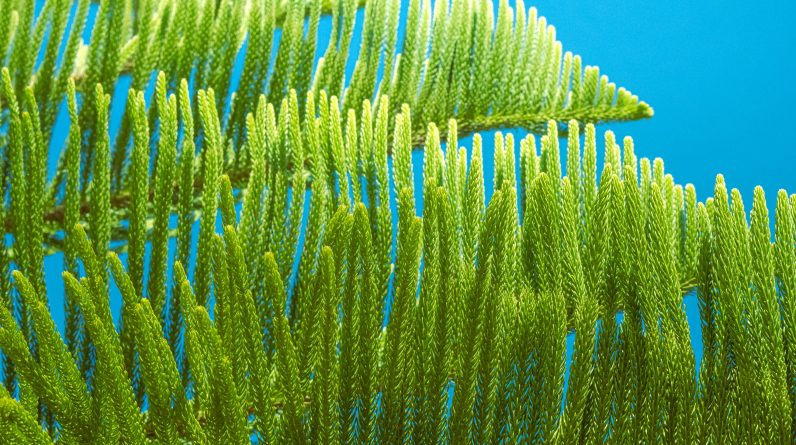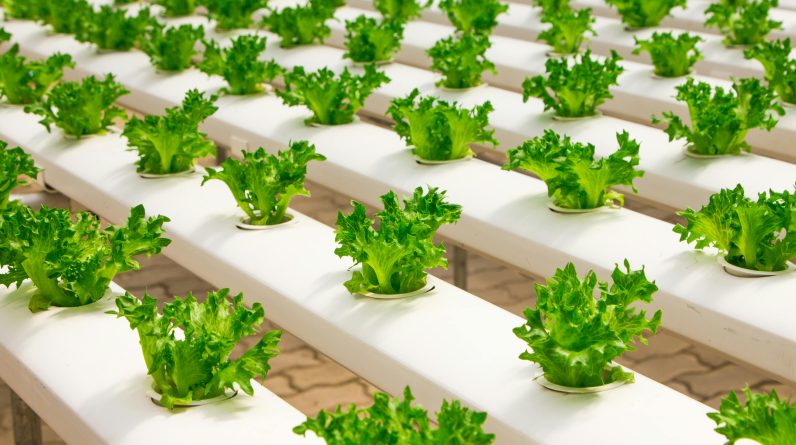
How to Maximize Yield in Hydroponic Systems
Have you ever wondered how you can get the most out of your hydroponic system? Whether you’re a beginner or an experienced grower, maximizing yield is always a top priority. With the right care and techniques, you can ensure that your hydroponic garden produces a bountiful harvest of fresh, healthy crops. In this article, we will explore various strategies and tips to help you get the best results from your hydroponic system.
Understanding the Basics of Hydroponics
Before diving into how to maximize yield, it’s essential to grasp the basics of hydroponic growing. Hydroponics is a method of cultivation that involves growing plants without soil, using a nutrient-rich water solution to deliver essential nutrients directly to the plant roots. With this system, plants can grow faster and produce higher yields compared to traditional soil gardening methods.
Understanding the fundamentals of hydroponics will provide you with a solid foundation for optimizing your system and achieving maximum yield.
Choosing the Right Hydroponic System
When it comes to maximizing yield in hydroponic systems, selecting the right system is crucial. There are various types of hydroponic systems available, each with its own set of advantages and challenges. From deep water culture (DWC) to nutrient film technique (NFT) to drip irrigation systems, it’s essential to choose a system that aligns with your gardening goals and space constraints.
Consider factors such as the size of your growing area, the types of plants you want to cultivate, and your level of experience when selecting a hydroponic system. By choosing the right system for your needs, you can create an optimal growing environment that maximizes yield potential.

Providing Adequate Lighting
Proper lighting is essential for maximizing yield in hydroponic systems. Since plants in hydroponic setups do not receive natural sunlight from the outdoors, artificial grow lights are used to simulate sunlight and provide the necessary light spectrum for plant growth. By ensuring that your plants receive adequate light exposure, you can promote healthy growth, flowering, and fruiting, ultimately leading to higher yields.
LED grow lights are a popular choice among hydroponic growers due to their energy efficiency and customizable light spectrum. When selecting grow lights for your hydroponic system, consider factors such as light intensity, spectrum, and duration to meet the specific light requirements of your plants.
Monitoring and Adjusting Nutrient Levels
In hydroponic systems, plants rely on the nutrient solution provided to them for essential nutrients required for growth. Monitoring and adjusting the nutrient levels in your hydroponic system is crucial for maximizing yield. By regularly testing the pH and nutrient levels of your nutrient solution, you can ensure that your plants are receiving the right balance of nutrients for optimal growth.
Using a pH meter and a TDS (total dissolved solids) meter, you can monitor the acidity level and nutrient concentration of your hydroponic solution. Adjust the pH and nutrient levels as needed to maintain a stable and balanced environment for your plants. By keeping a close eye on nutrient levels, you can prevent deficiencies or nutrient imbalances that may hinder plant growth and reduce yield.
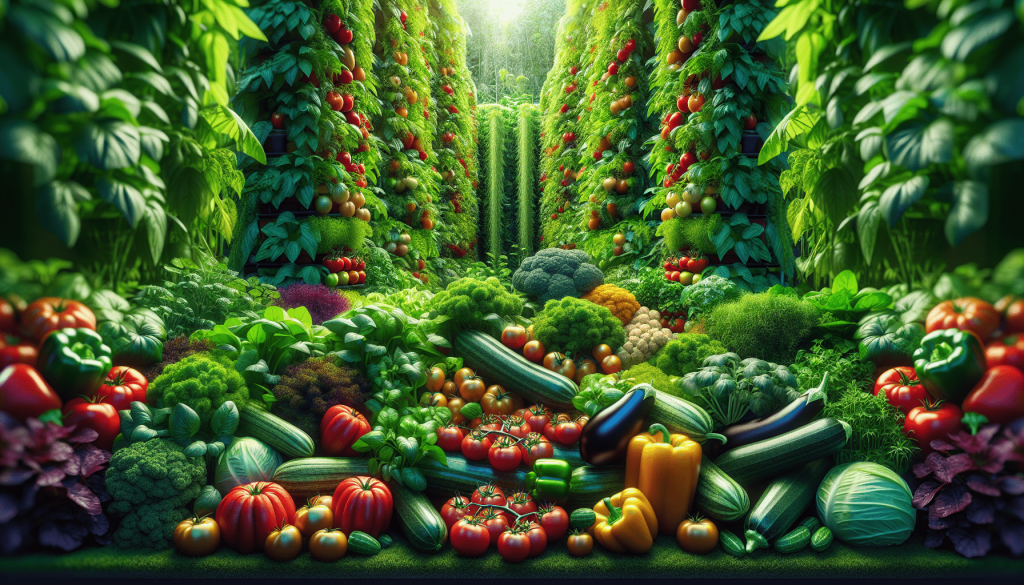
Maintaining Proper Temperature and Humidity
Temperature and humidity play a significant role in plant growth and yield in hydroponic systems. Maintaining optimal temperature and humidity levels in your growing environment is essential for ensuring healthy plant development and maximizing yield.
Most plants thrive in temperatures ranging from 65 to 75 degrees Fahrenheit, with some variations depending on the plant species. Monitor the temperature and humidity levels in your hydroponic setup regularly and make adjustments as needed to provide a comfortable growing environment for your plants. By controlling temperature and humidity, you can prevent stress-related issues and promote optimal growth and yield.
Implementing Nutrient Film Technique (NFT)
The Nutrient Film Technique (NFT) is a popular hydroponic system that can help maximize yield by providing a constant flow of nutrient solution directly to the plant roots. In an NFT system, a thin film of nutrient solution flows along the bottom of plant roots, allowing them to absorb nutrients efficiently. This continuous flow of nutrients promotes healthy root development and robust plant growth, leading to higher yields.
To implement the NFT system in your hydroponic setup, you will need a reservoir for the nutrient solution, a pump to circulate the solution, and a channel system to guide the nutrient film to plant roots. By utilizing the NFT system, you can create an efficient nutrient delivery system that maximizes nutrient uptake and promotes optimal growth and yield in your plants.
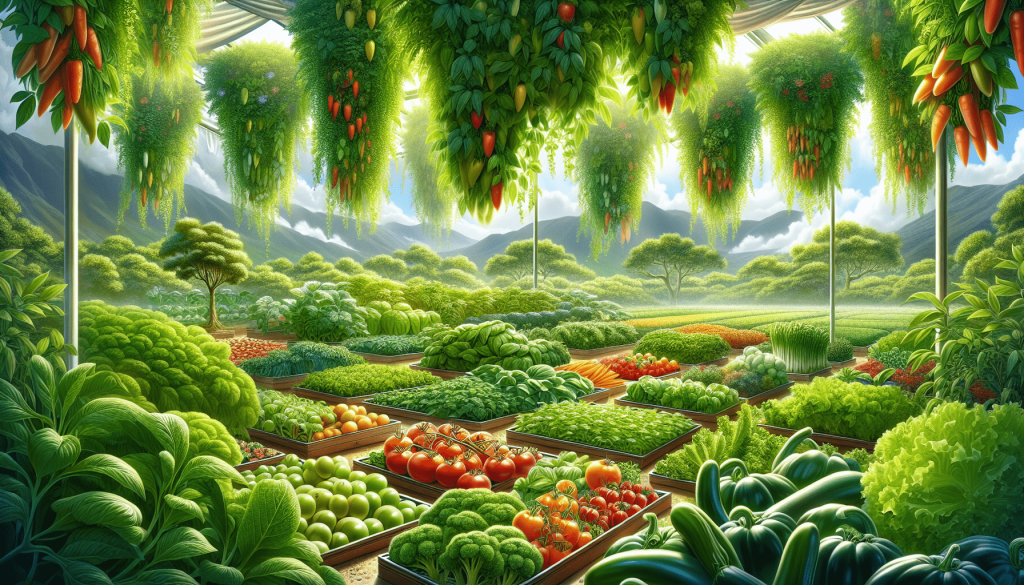
Pruning and Training Plants
Pruning and training plants is a common practice in hydroponic gardening that can help maximize yield by encouraging proper growth and development. By removing excess foliage, pruning allows plants to allocate more energy towards fruit and flower production, leading to higher yields. Training plants, such as using trellises or stakes for support, helps promote vertical growth and ensures efficient use of available space in your hydroponic system.
Regular pruning and training of your plants can help manage plant growth and optimize yield potential in your hydroponic garden. By guiding plant growth and redirecting energy towards fruiting, you can maximize the productivity of your hydroponic system and enjoy a bountiful harvest of fresh, healthy crops.
Choosing the Right Plant Varieties
When aiming to maximize yield in hydroponic systems, selecting the right plant varieties is crucial. Not all plants are well-suited for hydroponic cultivation, so it’s essential to choose plants that thrive in soil-less growing conditions. Leafy greens, herbs, tomatoes, peppers, and strawberries are popular choices for hydroponic gardening due to their adaptability to nutrient-rich water solutions and controlled environments.
Consider factors such as plant size, growth habits, and light requirements when selecting plant varieties for your hydroponic system. By choosing plants that are well-suited for hydroponic cultivation, you can optimize yield potential and ensure successful growth and development in your hydroponic garden.
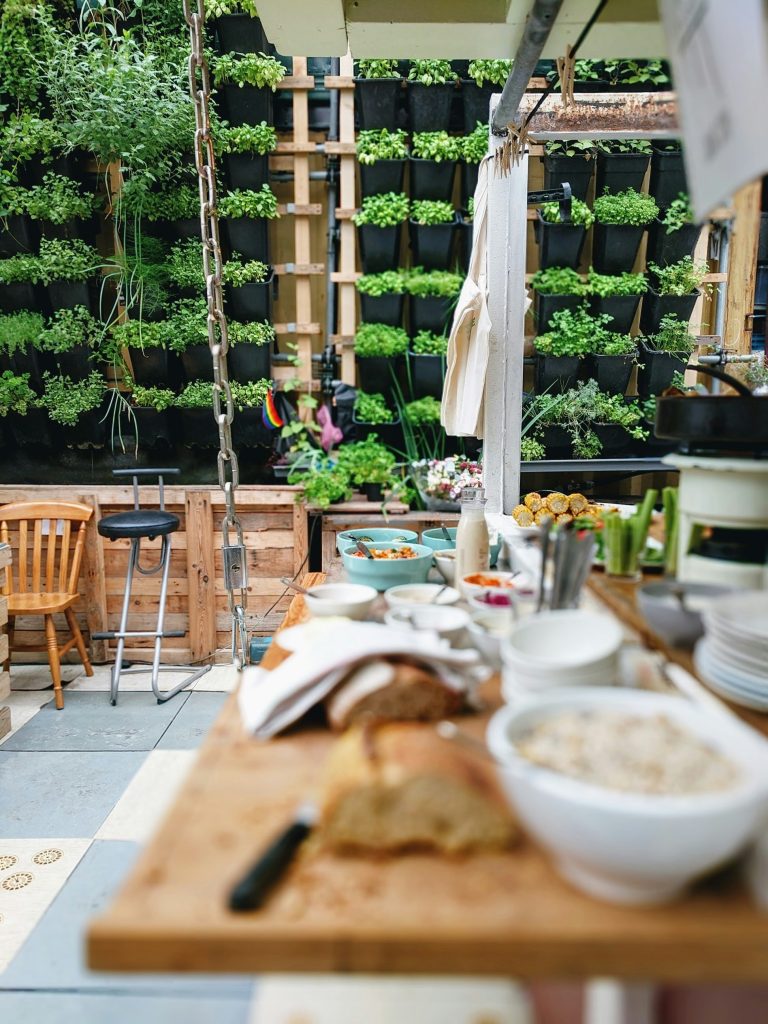
Implementing Vertical Farming Techniques
Vertical farming is a space-saving technique that can help maximize yield in hydroponic systems by utilizing vertical space efficiently. By stacking plant beds or utilizing vertical towers, you can grow more plants in a smaller footprint, increasing overall yield potential. Vertical farming allows for the efficient use of available space and promotes optimal light exposure and airflow for plants, resulting in healthy growth and higher yields.
Consider implementing vertical farming techniques such as vertical towers, wall-mounted planters, or stacked growing trays to maximize yield in your hydroponic system. By utilizing vertical space effectively, you can increase plant density, optimize growing conditions, and achieve maximum yield in your hydroponic garden.
Regular Maintenance and Cleaning
To maximize yield in hydroponic systems, regular maintenance and cleaning are essential to ensure optimal plant health and productivity. Regularly inspect your system for clogs, leaks, or nutrient imbalances that may affect plant growth. Clean your system components, such as reservoirs, pumps, and growing trays, to prevent the buildup of algae, bacteria, or mineral deposits that can hinder nutrient delivery and plant growth.
Establish a routine maintenance schedule for your hydroponic system, including tasks such as changing the nutrient solution, checking pH and nutrient levels, and cleaning system components. By maintaining a clean and well-functioning system, you can promote healthy plant growth, prevent issues that may limit yield, and enjoy a successful harvest of fresh, nutritious crops.
Conclusion
In conclusion, maximizing yield in hydroponic systems requires careful attention to detail and proper care techniques to ensure optimal plant growth and productivity. By understanding the basics of hydroponics, choosing the right system, providing adequate lighting, monitoring nutrient levels, maintaining temperature and humidity, and implementing specific techniques such as NFT, pruning, and vertical farming, you can create an efficient growing environment that promotes healthy growth and higher yields.
By following the strategies and tips outlined in this article, you can maximize yield in your hydroponic system and enjoy a successful harvest of fresh, nutritious crops year-round. With the right care and techniques, you can unlock the full potential of your hydroponic garden and reap the rewards of your hard work and dedication to growing healthy, bountiful plants.




